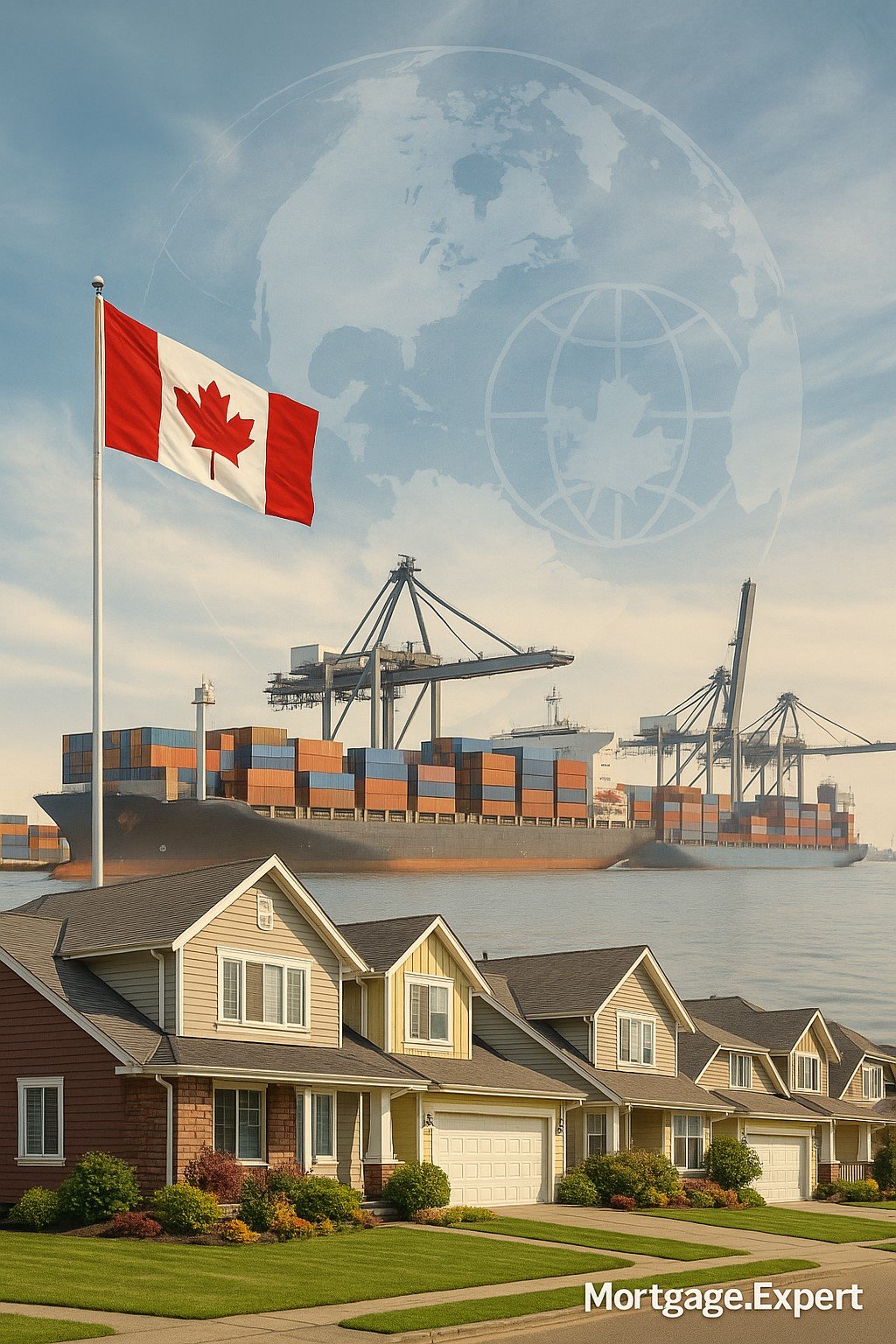
Global Tariffs, Local Impact — What Canadian Mortgage Borrowers Need to Watch in 2025
As global trade tensions ramp up — with the U.S. introducing sweeping tariffs on key Asian exporters — Canadian borrowers need to start asking:
Will this affect my mortgage, home purchase, or renovation plans?
The short answer: very likely.
While Canada may not be directly imposing tariffs, the ripple effects from these trade disruptions are already creeping into bond markets, construction material costs, and housing affordability.
Let’s break down the four key ways this global issue may hit closer to home.
Inflation May Stay Stickier Than Expected
Tariffs on imported goods — such as electronics, vehicles, and building materials — raise prices globally. That’s called imported inflation.
Even if the Bank of Canada wants to cut rates, higher global prices may delay those cuts, keeping variable rates higher for longer.
“Borrowers waiting for relief may have to wait longer if inflation rises again due to global supply pressures.”
Fixed Mortgage Rates Could Stall or Rise
Fixed mortgage rates are closely tied to bond yields — and yields tend to rise when inflation fears return. We’ve already seen bond yields bump up slightly in July as markets price in trade risks.
So, if you were expecting fixed rates to drop below 4.5% this year, you may want to lock in early.
📊 Bond Yields React to Trade Shocks
Tariff headlines often cause bond yields to spike — which then affects fixed mortgage rates in Canada.
Renovation Budgets Will Get Tighter
Homeowners planning renovations should act fast. Many key renovation inputs — from faucets and tiles to cabinets and lighting — come from tariff-targeted countries like Thailand, Malaysia, India, and Vietnam.
Supply chain issues may mean:
- Higher costs
- Longer lead times
- Lower availability
🚿 Renovation Materials at Risk
Tiles • Cabinets • Fixtures • Stone • Lighting
4️⃣ Affordability Challenges May Deepen
Even if mortgage rates stabilize, higher material costs will inflate new home prices and squeeze supply in already tight markets.
This affects:
- First-time buyers
- Builders trying to finish affordable housing units
- Investors managing reno budgets or flips
For many, this creates a double bind: rates stay high, and costs go up.
Final Thoughts
Global tariffs may seem like distant policy headlines, but their impact is immediate and personal — especially if you’re a mortgage holder, homebuyer, or renovator in Canada.
Stay ahead by:
- Locking in rates before bond yields climb
- Securing renovation financing before material costs spike
- Planning with expert support so your goals don’t get derailed by overseas politics
📞 Get Pre-Approved With Nesto or Compare With Local Brokers in Your Area
Explore exclusive online rates like Nesto’s 4.69% or speak to a licensed broker near you. Find out which offer saves you more.
Talk to a Mortgage ExpertStuck with a Mortgage Decision?
Don’t stress — our team is here to help. Reach out for free, no-obligation guidance.
Contact the Experts



